7 Tips and Tricks for Designing a Memorable Quilt
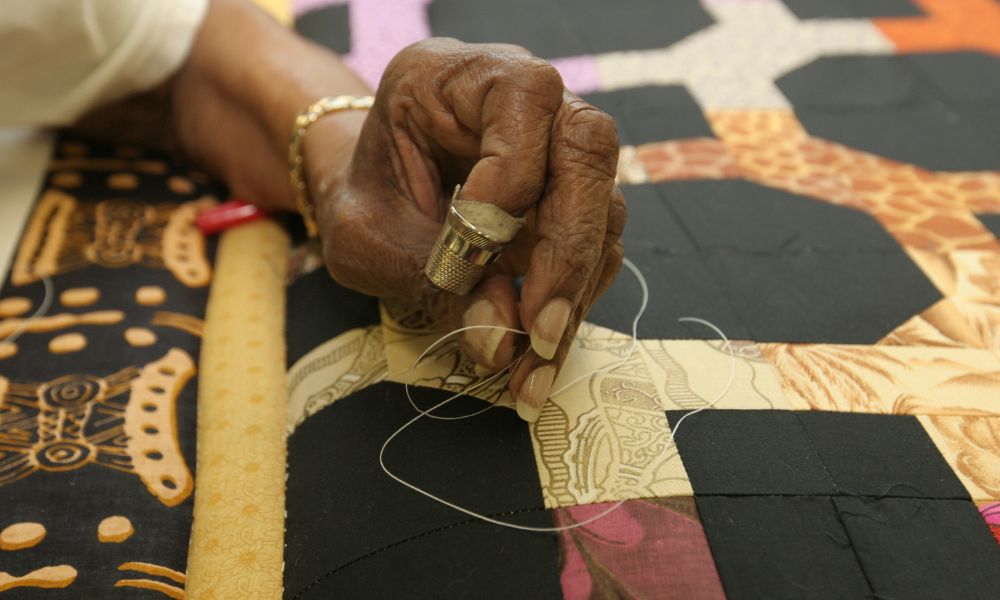

Every home has blankets, but some blankets are more special than others. To add extra beauty and comfort to your home, consider quilts. While you can buy already-made quilts, making your own is a great way to have fun and impress your friends and family. Keep reading to learn about seven tips and tricks for designing a memorable quilt with quality technique and unique design.
Design With Graph Paper
While you can buy a pattern or a quilt kit to make a quilt that other people have already created, that design probably won’t be the most unique. A truly memorable quilt is one you custom design yourself. Designing isn’t an easy process, but it will result in something beautiful and unique for your home.
Buy graph paper in whatever size is easiest for you to use. You can then sketch out your quilt design on this paper, experimenting with various design elements until you’re happy with the finished product. Make a copy of your finished design, and then color in that copy with the fabric colors you plan to use. This ensures that both the design and color scheme work before you begin sewing.
Choose Batting Color Wisely
Batting is what goes inside your quilt, so you might be wondering why it matters what color it is. The answer to that lies in your intended color scheme.
If you’re planning to use a lot of white in your quilt, then it’s best to use white batting. Otherwise, people will probably be able to discern the color of the batting through the white areas in your quilt.
However, if you’re sewing a quilt with predominately dark colors and patterns, then the color of your batting doesn’t really matter. Nevertheless, darker batting will help keep the dark colors looking vibrant for longer.
Of course, while choosing a complementary batting will help not distract from your quilt’s design, you could opt for contrasting batting to enhance your quilt’s uniqueness. After all, when it comes to originality, the rules only exist so you can break them.
Press Seams Correctly
As you put your quilt together, you’ll inevitably need to press your seams. While some people think pressing is the same as ironing, that isn’t true. Ironing requires you to move the iron back and forth over the fabric, which can stretch quilts before you’ve finished them.
Pressing uses an iron, but all you do is press straight down on the seams. This helps your quilt stays smooth. And if you want to create a memorable quilt and not just an average one, you must pay attention to details like this.
Use a high steam setting when you press your quilt seams. If you’re pressing high-contrast colors next to each other, press them toward the darker color to prevent the seam from shadowing the lighter fabric.
Add Borders and Sashing
When designing your quilt, you should consider if you want to frame any designs within. As your quilt comes together, you can see where borders or sashing could help draw attention to your design.
While most quilts don’t require these design elements, they can help your quilt look more professional and unique, which will make it more memorable. After all, high-quality work is noticeable, and you’ll amaze quilt admirers when you show them these special design elements. There’s nothing quite as satisfying as telling people you made a quilt that they thought was bought at a store or done by a professional!
Use Decorative Stitching
Another optional design element you can add to your quilts to make them more memorable is decorative stitching. You can either plan out this stitching during the design phase, or you can add it as you progress through the sewing process.
As an idea, many quilters add decorative stitches to plain fabrics in their quilt so that the fabric looks more artistic. You can use a decorative stitching option on your sewing machine or add decorative stitches by hand. However, using a sewing machine is often easier, especially if you want the stitches to look completely uniform. Nevertheless, hand-sewn decorative stitching is equally beautiful, and it certainly makes for a memorable design.
Trim Dark Threads
When you consider what makes a quilt beautiful and memorable, you probably think about the design elements on the front. However, the back of your quilt is just as important as the front. If you want to create a high-quality, memorable quilt, you must give the back as much attention as the front.
After all, sometimes the back can even impact the front. For example, dark threads can shine through the back of your lighter material, making your quilt look messy in certain lighting. Always trim the back of your quilts for a professional look and pay extra attention to trimming the dark threads near lighter fabrics.
Forgive Your Mistakes
If you want to create a memorable quilt that your family will love and guests will admire, you’ll put lots of dedication and hard work into the project. However, when you attach too much meaning to a quilt, it’s easier to feel devastated when you make a mistake or when accidents happen.
Forgiving yourself when you make mistakes with your quilt is an essential part of quilting. No artist is perfect, and sometimes plans don’t work out, even if you meticulously design them from the start.
So our most important tip for designing a memorable quilt is to forgive these mistakes and move on. In the end, these mistakes add to the character of your quilt, ensuring its uniqueness and memorability! Instead of fretting, use your mistakes as a learning opportunity. With time, the quality of your craft will increase.
Designing and sewing a quilt is hard work. These are beautiful pieces of functional art that you want to keep in your family for years or give to loved ones. If you follow these tips and tricks, you’ll find it a little easier to make a lasting, memorable quilt.
If you need quilting supplies in Canada, Lindley General Store has everything you need. Our quilt shop features a little bit of everything, from precuts and bundles to tools and accessories to quilting books. We’re constantly adding new fabric, too, so you can always find what you’re looking for.


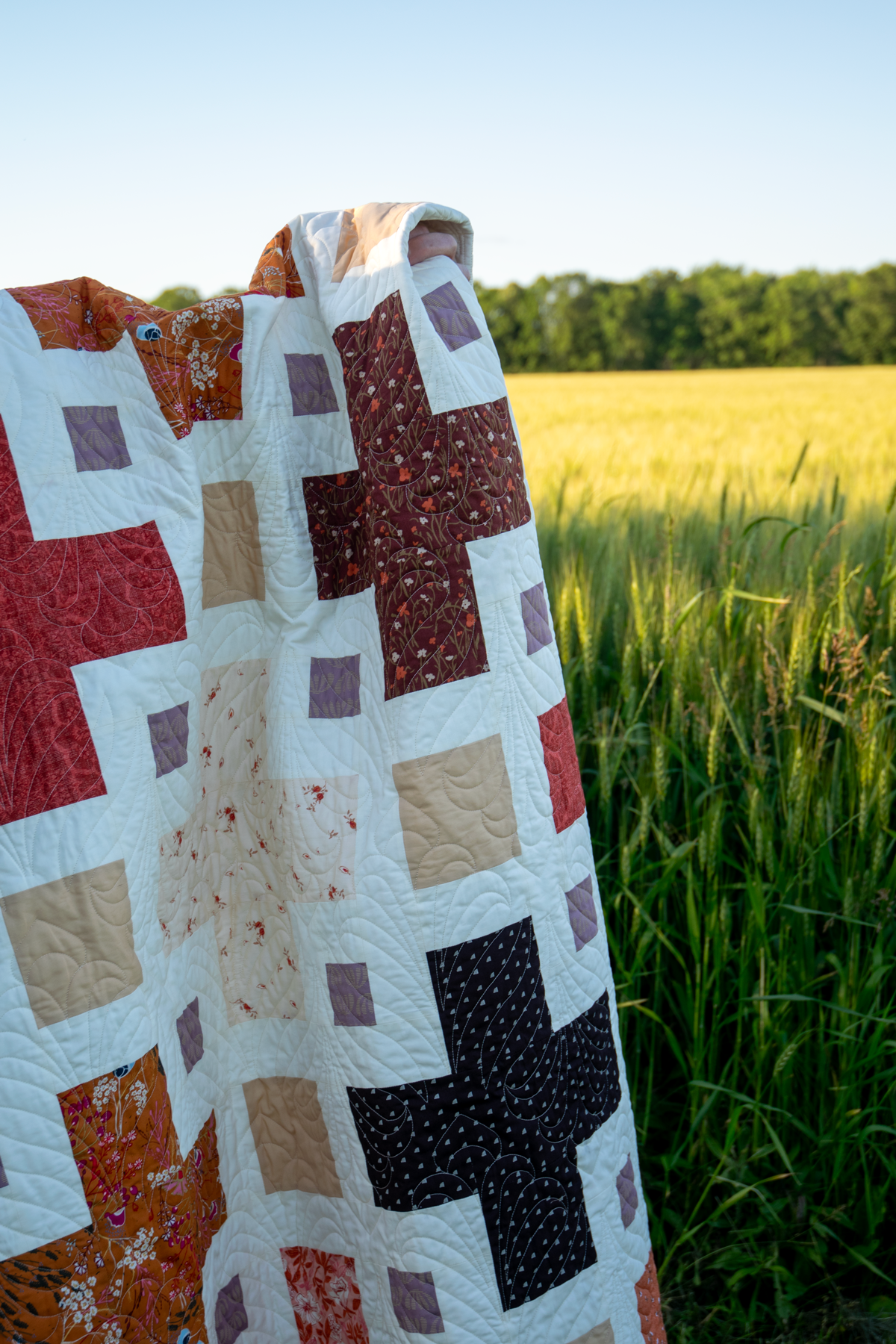

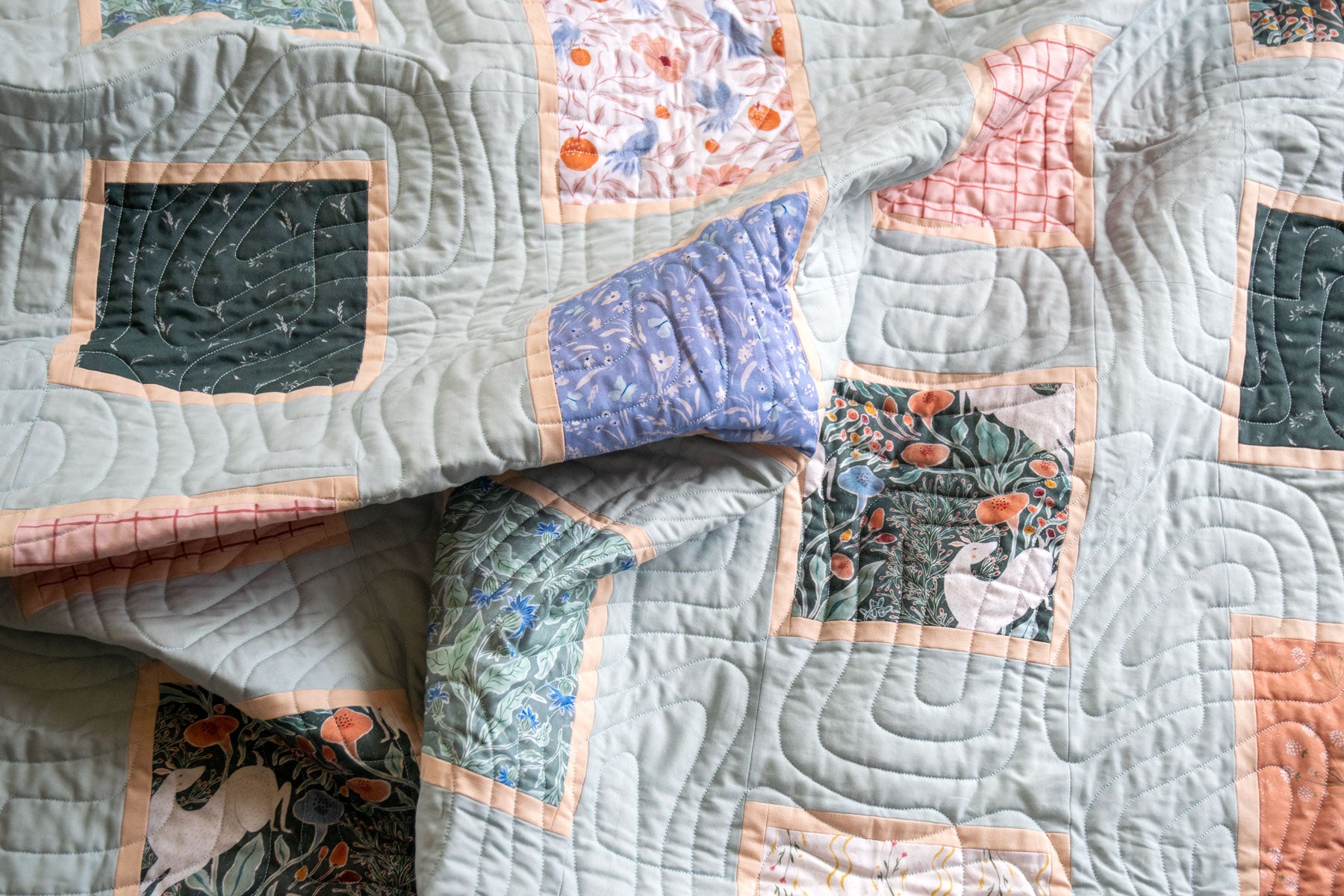
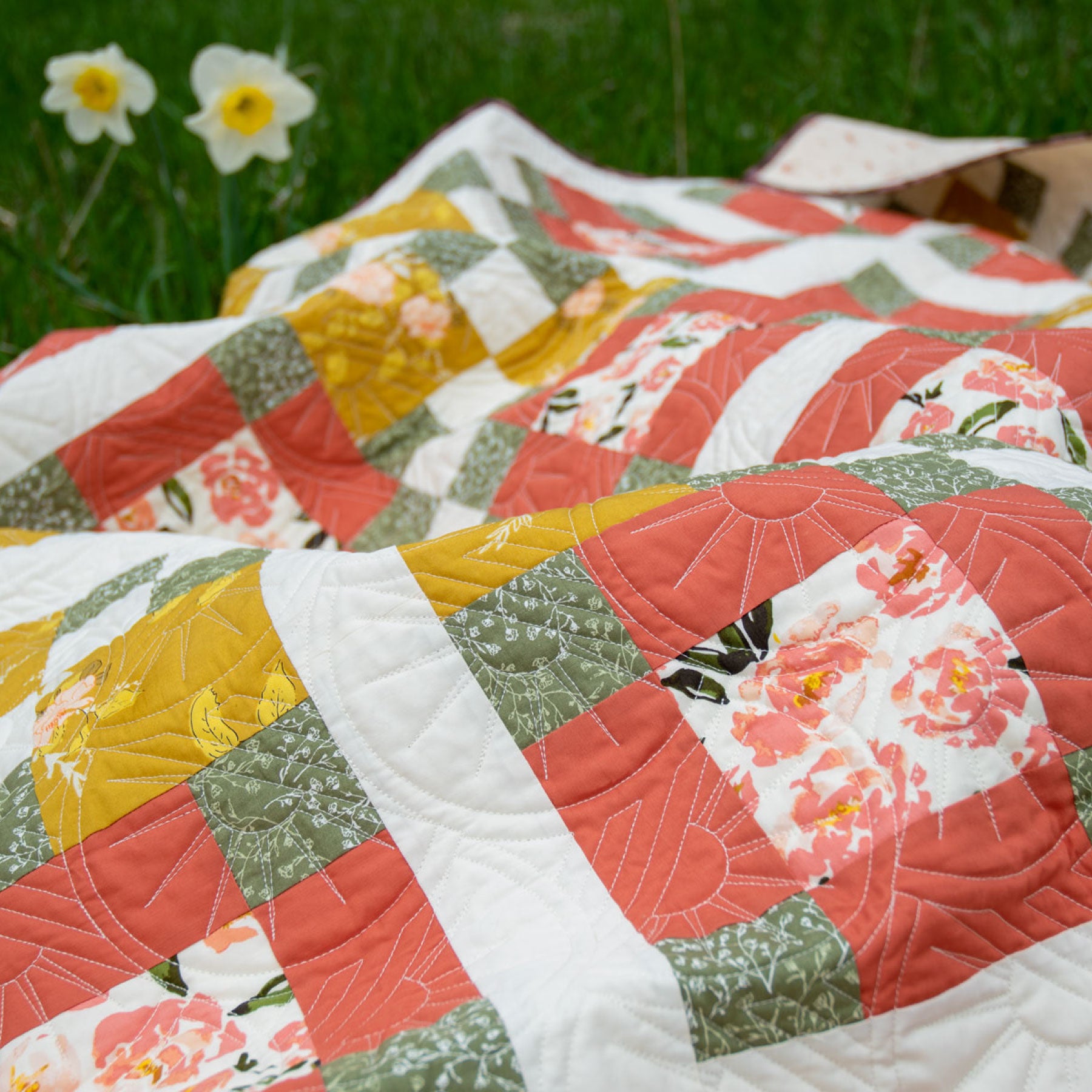
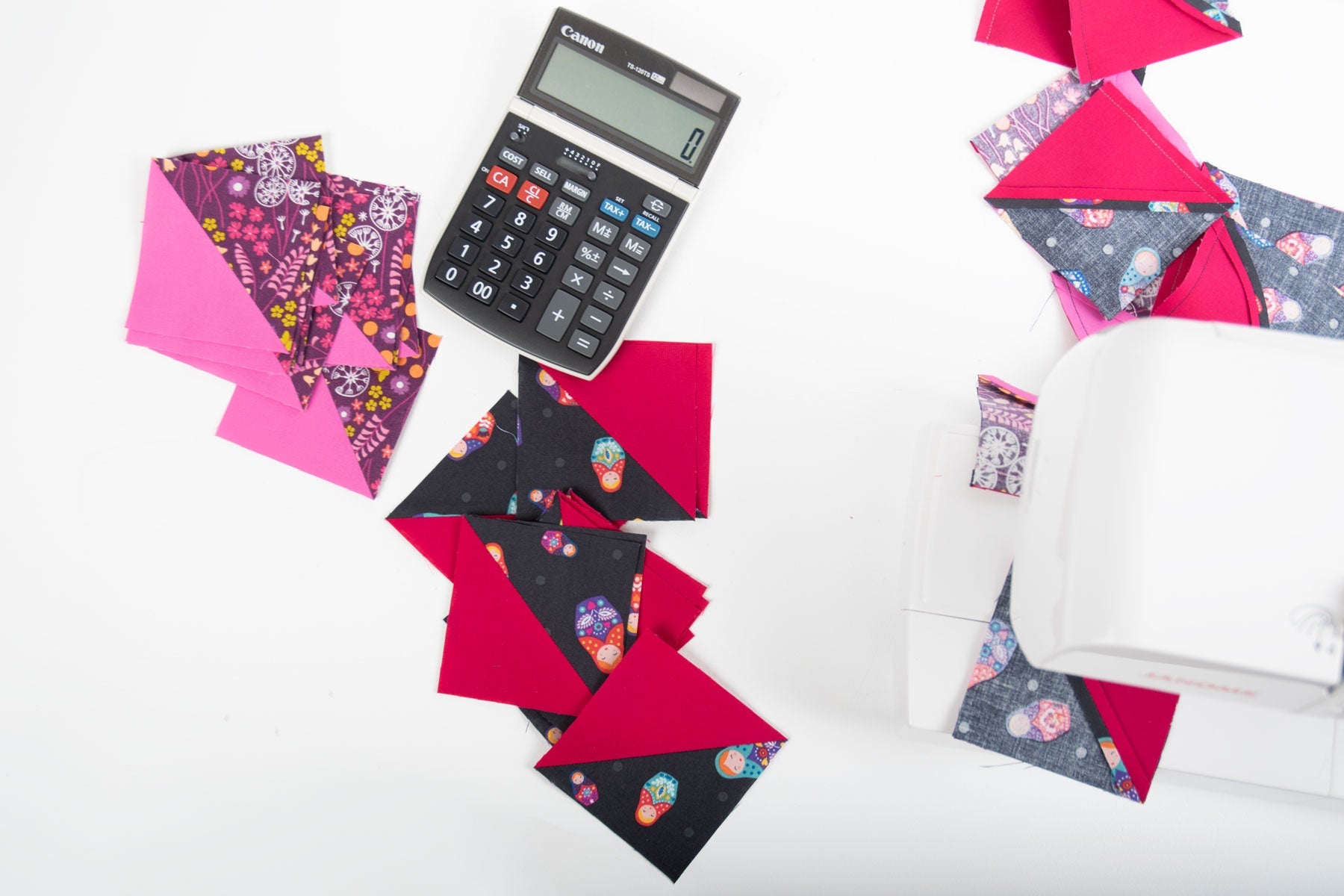
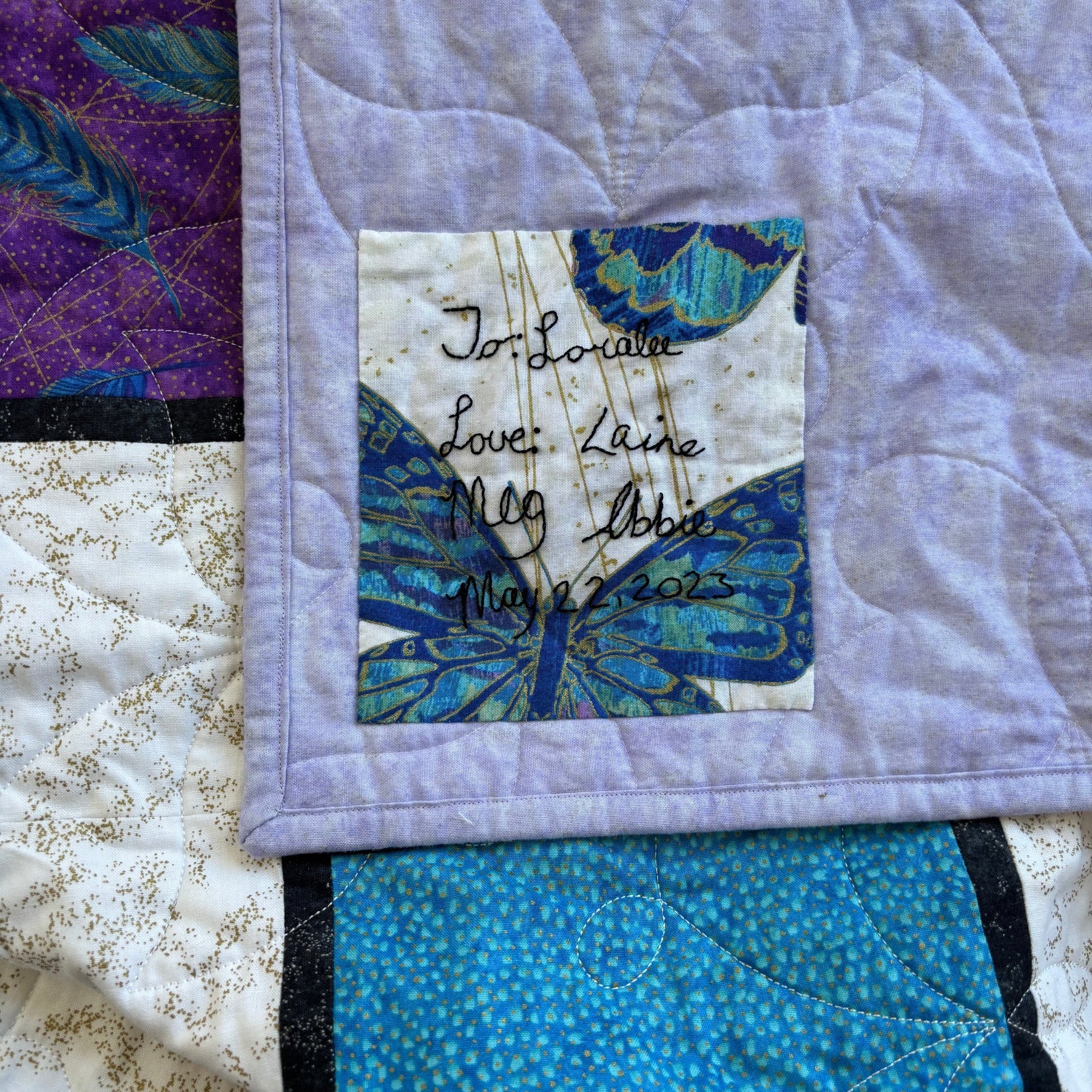
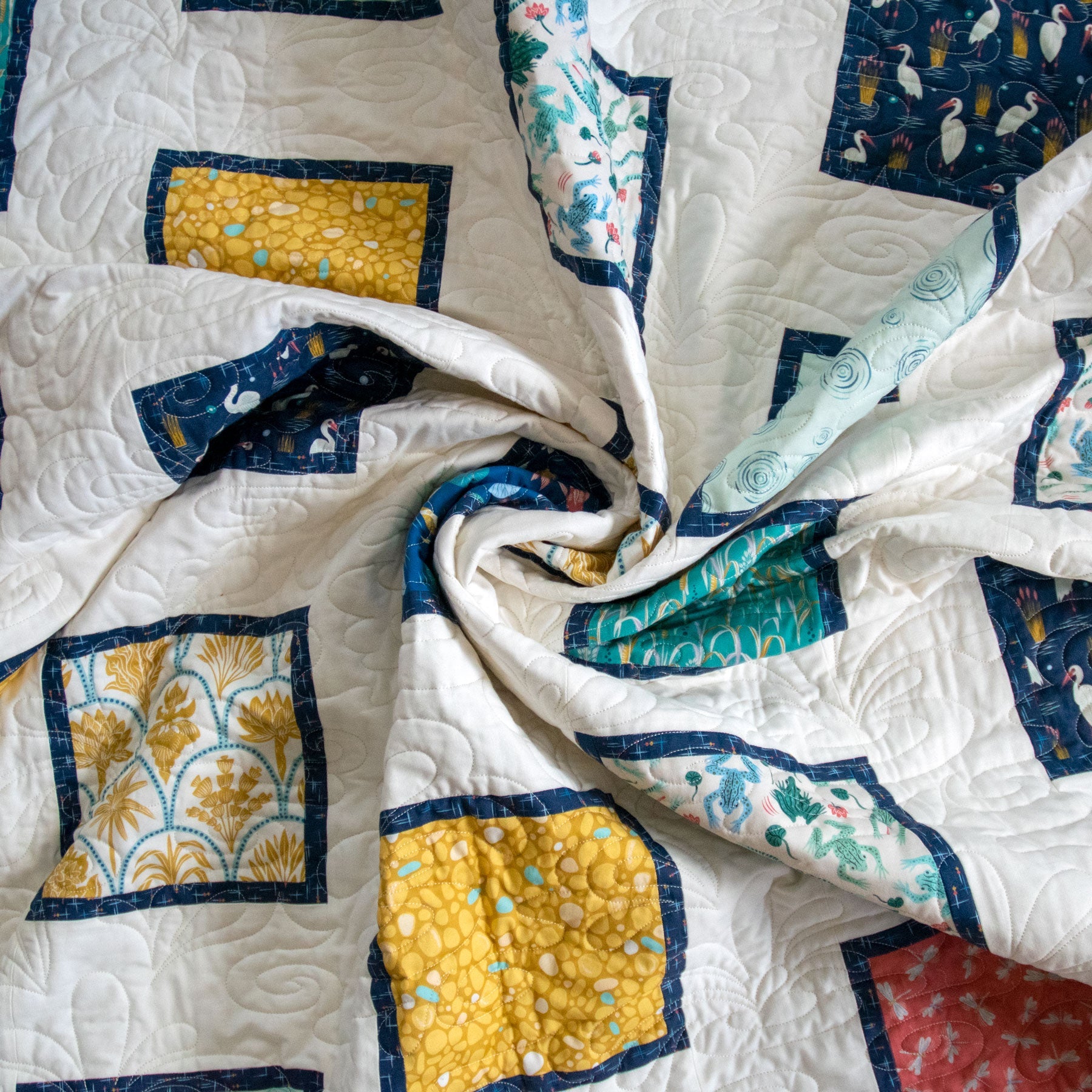
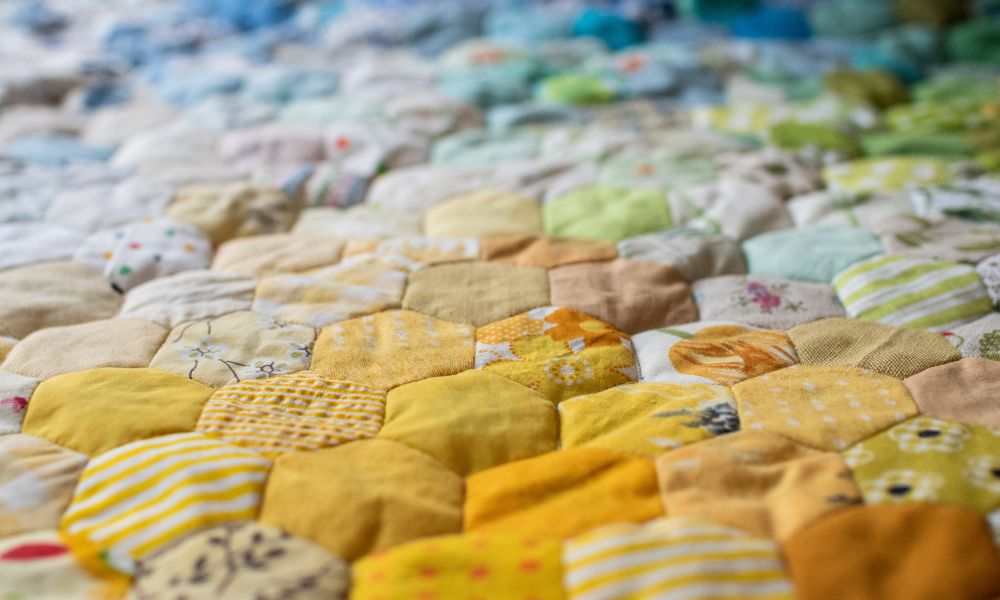
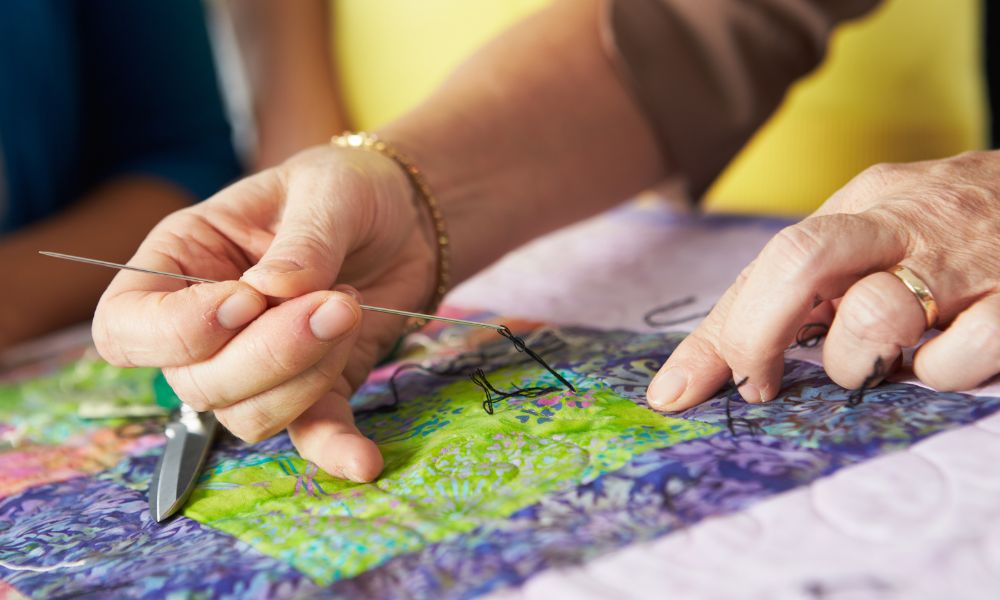

Comments